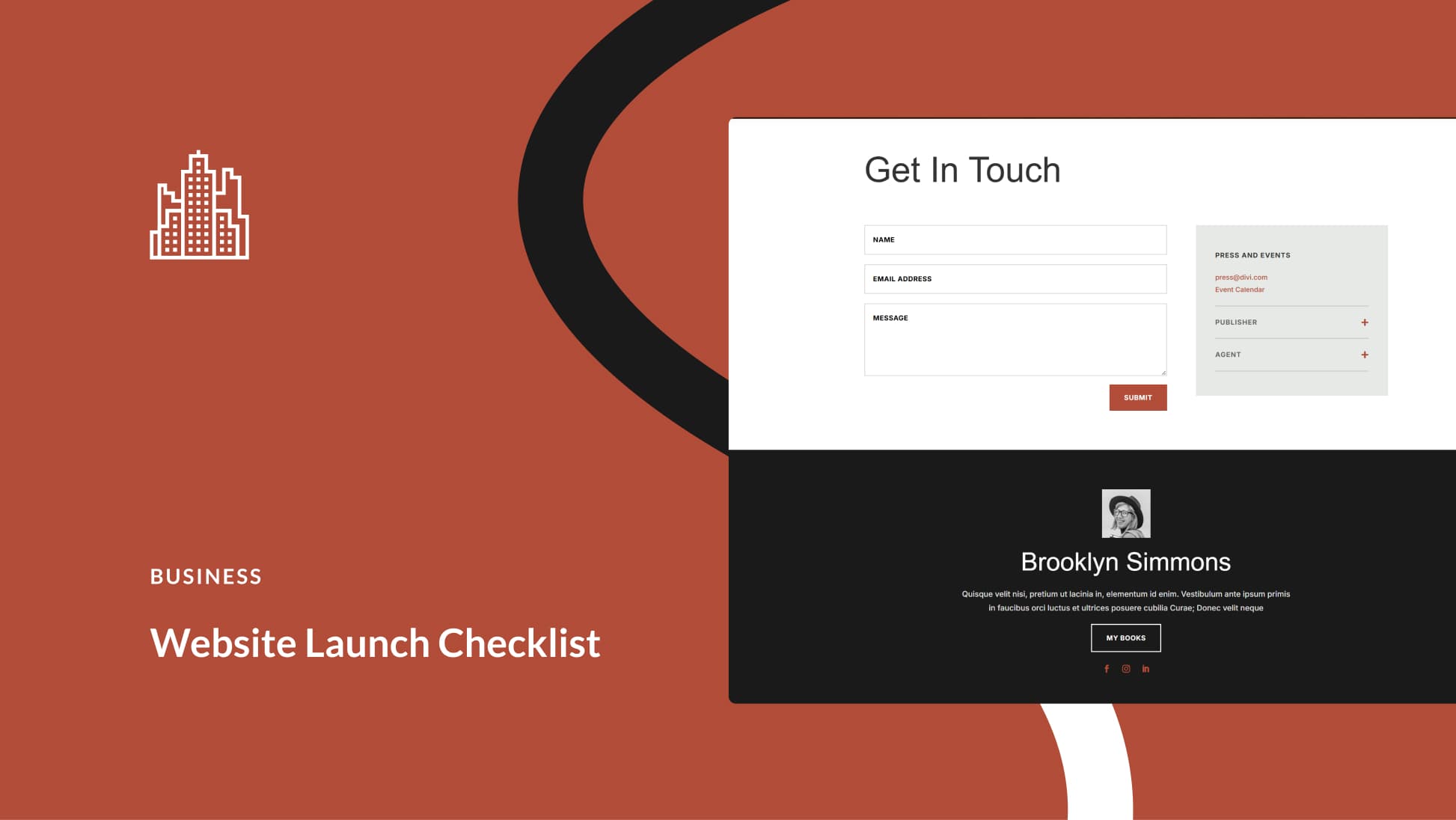When many people think of meditation, they often imagine monks and monasteries. In short, there are several myths surrounding the practice of meditation, to the point where it can be difficult to figure out whether there’s actually any real value to meditating, let alone how to go about it.
In reality, meditation is a legitimate practice that carries several benefits, and you certainly don’t have to be a monk to do it. For example, meditation can help reduce your stress levels. In this article, we’ll show you how meditation works and discuss its benefits. We’ll also guide you through a simple meditation exercise you can try at home.
Let’s get to it!
Introducing the Concept of Meditation
The first thing we need to clear up is there’s more than one type of meditation. For example, there’s Zen meditation, which attempts to gain insight into “the nature of existence”. You also have Kundalini yoga, which is a type of meditation that incorporates movement. Another popular type is mindfulness meditation, which is intended to help you become more aware of your surroundings and each moment.
If you’ve never dipped your foot into the field of meditation before, this can all sound a little confusing. However, you don’t need to concern yourself with studying the different types of meditation right away. For now, suffice it to say most ‘styles’ of meditation share a few common characteristics:
- Finding a comfortable position with your eyes closed.
- Focusing on your breath.
- Not letting your thoughts get away from you.
Most types of meditation take place in a sitting position, but this can differ. Although the techniques may change, meditation’s ultimate goal is usually to achieve mental clarity and calmness. Regardless of who you are, those are probably two things you can stand to benefit a lot from in your day-to-day life.
In fact, anyone can incorporate basic meditation techniques into their life and reap its rewards. Even if you can only spare ten minutes of your day, that can be enough to sit down, focus on your breath, and try to reach a state of mental clarity.
Why You Should Try Meditating
Meditation isn’t going to give you superpowers, nor is it a magical remedy for physical or psychological ailments. However, several studies have shown there are concrete benefits to practicing meditation. For example:
- It can help you reduce stress.
- It can be a useful tool for managing anxiety.
- Engaging in meditation can increase your attention span.
Overall, you can think of meditation as a skill you can practice to improve self-discipline and better manage your emotions. What you get from meditation may vary depending on your personality and the types of exercises you practice.
If you’re struggling to pick up meditation, there are a lot of cool apps that can help you get started. Meditation and tech seem like an odd match, but we’ve personally tried a couple of these and found them to our liking, such as:
- Headspace (Premium with a free trial available): This app guides you through daily meditation exercises for specific purposes, such as dealing with anxiety. The narrator’s voice is smooth as butter, and you can choose how long each session lasts.
- The Mindfulness App (Premium with a free trial available): Like our previous pick, this app also guides you through a broad library of daily meditation exercises. However, it also integrates with several health apps, which makes a great option if you like to track your numbers.
Before we proceed, we should also point out that meditation certainly isn’t for everyone. However, we recommend you give it a chance without skepticism or expectations that are either too high or low. Instead, give it a shot as you would a mental exercise and stick with it for a few days to see if it can help you.
Meditation for Beginners (3 Steps to Get Started)
As we mentioned before, there are a lot of types of meditation you can try out for size. For this section, we’re going to go over a simple mindful meditation exercise that’s perfect for beginners. That way, you can try it on for size (hopefully several days in a row) and see if meditation is your thing.
Step #1: Find a Comfortable Place to Sit
The first thing that pops to mind when you think about meditation is a guy sitting down with his legs crossed and both palms together. That’s a perfectly valid meditation posture, but it’s far from the only one.
To give you an idea of the possibilities, check out some of the most common meditation poses. If this is your first time meditating, we recommend you keep it simple and stick with a chair or sit on a pillow. That way, it’ll be easier for you get comfortable, which will make it easier to meditate for longer periods of time.
Regardless of which position you choose, posture is essential when it comes to meditation. To get this right, here’s what you should keep in mind:
- Keep your back as straight as possible.
- Find a comfortable position for your hands, such as resting them atop your knees.
- Relax your shoulders back.
- Tilt your head down a bit, so it stays in a natural position.
Most popular meditation postures stick to those fundamentals. What usually changes is how you position your legs and hands, but you can get creative once you have a little practice under your belt.
Finally, it helps a lot if you can find a place that’s somewhat quiet for you to meditate. One of the tenets of meditation is learning how to keep your mind from wandering, but at the start, that’s considerably more difficult if someone is blasting Metallica from down the hall.
Step #2: Focus on Your Breath and Body
The primary technique used in mindful meditation is to focus on your breath and the way your body feels. Focusing on your breathing gives you something to rest your mind on, making it easier to concentrate.
Being conscious about the way your body feels, on the other hand, is all about exercising awareness. The idea is that concentrating on the way your body feels will center you at the moment, just as your breath does.
At this stage, you should be sitting comfortably in the pose we described during step number one. Now, take note of these steps and keep them in mind as you move forward:
- Close your eyes slowly and continue to focus on your breath.
- Breathe in through your nose and exhale through the mouth.
- Starting from the bottom of your body, ‘scan’ each of your limbs. Stop for ten seconds to become aware of it, and make your way up. You should do this without moving.
In practice, this process should serve to calm you down and clear your mind. In our experience, when you’re new to meditating, it’s natural to be a bit twitchy and restless. However, by focusing on each part of your body, you’re training yourself to concentrate on something other than external stimuli. By the time you’re done, you should be feeling much calmer.
Step #3: Try to Keep Your Mind from Wandering for at Least 10 Minutes
This is where things get tricky. The goal of mindfulness meditation is for you to become more aware – or mindful – of your surroundings and the way you interact with your thoughts.
At this stage, you should be sitting down, with your eyes closed (well, not right now) and breathing in an out slowly. Getting to that stage was the easy part, though. Now, you want to remain in that position, breathing in and out for at least ten minutes, which is a good length for a short session.
The problem is, when we’re still, our minds are built to wander away into random thoughts. You’ll find yourself thinking about errands you have to run, that fight you had back in third grade, emails you need to respond to, and pretty much everything in between.
Instead of telling you to ‘clear your mind’, let’s approach this more methodically. Here’s what you should do to get through those ten minutes:
- Keep focusing on your breath and the way your body feels.
- Pay attention to the sounds and smells around you and remain aware of them, all while staying in the same position.
- Whenever you feel your mind wandering, acknowledge it, and try to ‘pull back’ to your breath.
That last part is the one that takes the longest to master. Most people still struggle with it even after they’ve been meditating for a while. The trick is not to let it frustrate you when your mind wanders. Instead, be mindful when it happens and pull yourself back when you notice. At all points, your breath should be the anchor that keeps you centered in your session.
If you want to, you can set a timer to tell you when your ‘time’ is up. Alternatively, you can wing it and see how long it feels comfortable for you to meditate. In any case, don’t go for a loud alarm since you don’t want to spoil your mood by being jolted out of it right after a good session.
In our experience, even a short meditation session can help clear your mind and increase productivity. It’s not magic, though, so the way you feel right after may vary depending on how well the session went. However, with a little practice, you should soon see both short- and long-term benefits to meditating!
Conclusion
On paper, meditation might not sound all that complicated. You sit down and clear your mind, which is easy, right? The thing is, getting to the point where you be mindfully aware of your thoughts and focus entirely on your body requires a lot of practice. However, you don’t need to be a meditation guru to start reaping its benefits, such as reduced anxiety and an improved attention span.
In this short guide in meditation for beginners, we’ve outlined these steps for your first exercise:
- Find a comfortable place to sit.
- Focus on your breath and body.
- Try and keep your mind from wandering for at least 10 minutes.
Have you ever tried meditating? Tell us how it went for you in the comments section below!
Article thumbnail image by Julianka / shutterstock.com









Thank you for posting this kind of articles. The more people practice Meditation the better.
Meditation is a way of practising death and the afterlife. If I know that a staffmember practice meditation, I shall put him/her on the penalty point.
This is an incorrect comment and reflects a total unknowledge of meditation and what is it about.
First, no one knows how death and afterlife feel like and this is not intended in the meditation practice. If you want to “travel away” there are other methods, which are all beneficial for oneself.
The main benefits of meditation are:
– Respect for all beings
– Autocontrol of the mind
– Awareness of sensations
– Better focus
– Better life quality.
So please stop populating your fear on biased beliefs and teachings. Have critical eyes and try for yourself before punishing people as the Inquisition did. If someone meditates you should consider them on the bonus list more than nothing.
Check out modern Kadampa Buddhism! There are Kadampa Meditation Centers in just about every major city in the world and more branches appearing everyday. I’ve been practicing for eight years and it is extremely helpful to start out meditating by attending classes in person with a live teacher who you can ask questions of. There are so many different ways to engage: drop-in classes that cost close to nothing, foundational study programs, and teacher training programs. All being given to us by a supremely kind spiritual guide looking for nothing in return except your own effort and willingness to try! The benefits are beyond belief, beyond all words, thoughts and expressions. A great practice for Web designers and developers because Kadampa Buddhist meditation helps unleash your creativity! Find a center near you by visiting kadampa.org
Try
http://www.falundafa.org/
I think it´s a great way to meditate
Thank you John for your articles, they are different and very interesting.
Great post thanks John! <3
Yes! It works wonders for evenness of mood and greater calm, even just 20 minutes a day. We recommend meditation as well as the Headspace app at our acupuncture clinic. John Yates’s book “The Mind Illuminated” is also great (though very comprehensive and detailed). This is a good, concise overview of the secular approach to meditation.
One meditation type you didn’t mention is Christian Meditation, a meditation type with thousands of years of history. Google “Lectio Divina” to learn this ancient practice.
I agree Lectio Divina is one of the most ancient and truly helpful forms of meditation.
You failed to mention InsightTimer as a great meditation app.
The Amrit Method of Yoga Nidra is a sleep based meditation that requires no experience but delivers the benefits usually accessible only after years of meditation. You can find free recordings on the Downloads page at the Bhakti House website. or just search for Amrit Yoga Nidra on YouTube.
(edited to remove links…happy searching)